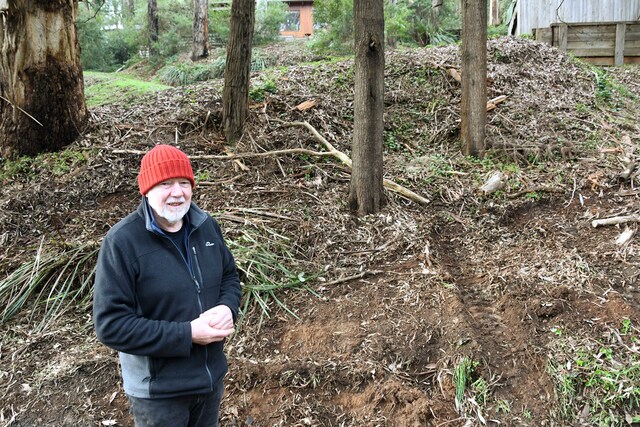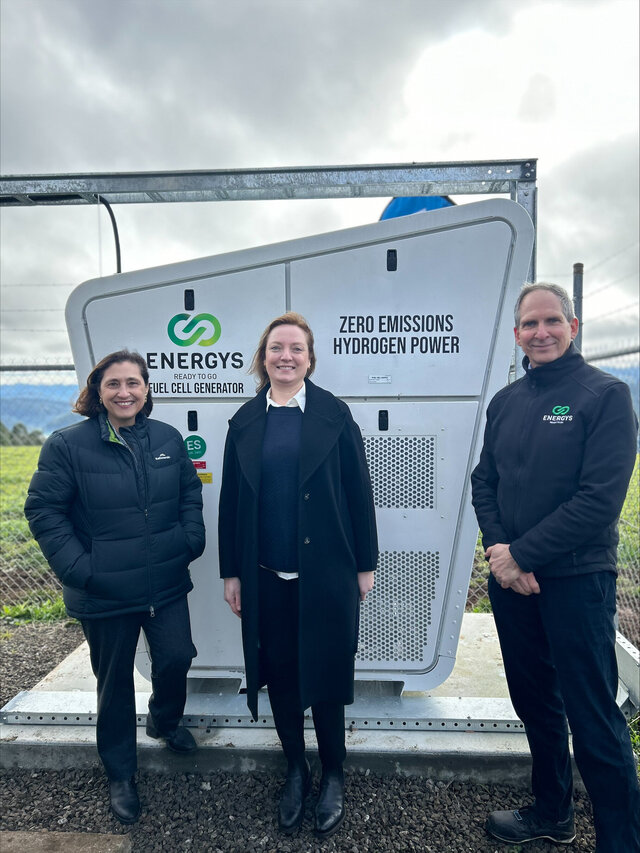The State Government’s interim report into the operational response following the 13 February storm events has shone a light on a number of concerns within the affected communities such as Cockatoo and Emerald.
Concerns raised include the lack of appropriate co-ordination between organisations and regulatory mechanisms not incentivising distribution businesses to restore power in a timely manner.
On the afternoon of Tuesday 13 February, a significant thunderstorm crossed Victoria causing heavy rainfall and damaging winds.
During this storm, Victoria experienced wind gusts of more than 110 kilometres per hour and as high as 150km/h.
The event caused significant damage to trees, buildings and infrastructure including the electricity network.
At 2.08pm, six AusNet transmission towers near Anakie collapsed due to a microburst of wind associated with a surrounding storm weather event.
The storm event caused significant damage to Victoria’s electricity distribution network, affecting about 12,000 kilometres of distribution lines, and 1100 powerlines down.
More than one million customers lost power across the event with more than 531,000 customers off power at the peak of the event.
Around 400,000 customers were restored within a day, and after three days, around 30,000 customers remained without power.
About 3000 customers were left without power for more than a week with the last five properties reconnected on 24 February, 11 days after the initial event.
In undertaking the Network Outage Review, the team engaged deeply with affected communities, distribution businesses, regulators, emergency services, peak bodies, social and community organisations.
The team placed the needs of the community at the centre as failure of the electricity network impacts the broader essential services networks.
The report suggested there were a number of improvements which could be made to result in a better outcome for the community, including quick on the ground relief; compensation and adjustments to regulatory frameworks.
Emerald resident Claude Cullino said his first impressions of the interim report was that it was “comprehensive and well thought through“.
“The report highlights that the outages and lack of communication had a profound impact upon the Hills community,“ he said.
“The issues are how the State Government and regulators respond; and more importantly, what the specific responses of AusNet and Telstra are to each draft recommendation relevant to them.
“It is heartening to see that the report identifies improvement opportunities with vulnerable persons, given that only seven per cent of medically vulnerable individuals have backup power.“
Mr Cullino said the recommendation for Ausnet to work closer with affected communities was “welcomed“.
“It is suggested that there is a need for AusNet to work with the Hills community to develop strategies and a prioritised plan of funded action,“ he said.
“The Hills communities would welcome a similar approach from the telecommunications providers with the emphasis being on a strategic approach and not a competitive one with winners and losers.“
The report detailed a number of concerns and wishes expressed by the affected communities, including:
* Communities want better coordination between all responding organisations including community groups;
* The loss of telecommunications isolated individuals, restricted information access, prevented purchase of essential supplies, and undermined their safety;
* Current regulatory mechanisms do not incentivise distribution businesses to achieve timely restoration of the tail of customers without power
* AusNet’s systems, planning, technology for monitoring, planning and restoring outages did not have the capacity, functionality and integration for the event of this scale; and
* In some locations, the safety of the community was put at risk as they could not make Triple-0 emergency calls.
The report also suggested AusNet upgrade its asset integrity register and its contingency planning for events which affect its transmission towers and the State Government and critical infrastructure providers ensure there are appropriate business continuity planning and arrangements for continued provision of essential services for 72 hours without network power supply
Energy and Resources Minister Lily D’Ambrosio said she was grateful to the panel for their work to date and encouraged anybody left to have their say to make a submission.
“It’s clear that improvements must be made in the way privately owned power companies respond to extreme weather events and how they communicate with the residents and businesses who rely on them,“ she said.
Network Outage Review chair Rosemary Sinclair said the review panel would continue to listen to the affected communities.
“We’ve heard from the resilient communities who suffered most during the February storms and subsequent power outages,“ she said.
“There are lessons for all distribution businesses from these experiences to improve outcomes for Victorians in the future.“
The State Government took another step towards securing connectivity during storms and other extreme weather events, launching a mobile network renewable hydrogen back-up system in Neerim North on Thursday 4 July.
The 10-kilowatt renewable hydrogen generators would deliver up to 72 hours of back-up power and help maintain mobile coverage during power outages.
For more information about the review, visit engage.vic.gov.au/network-outage-review








